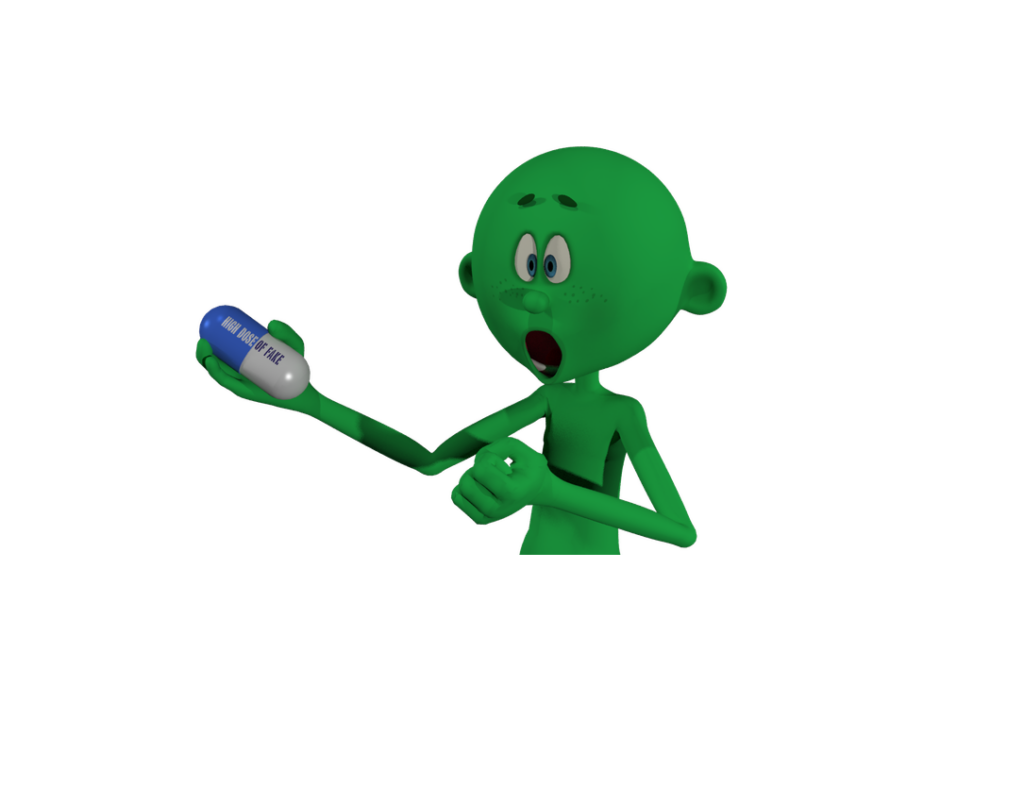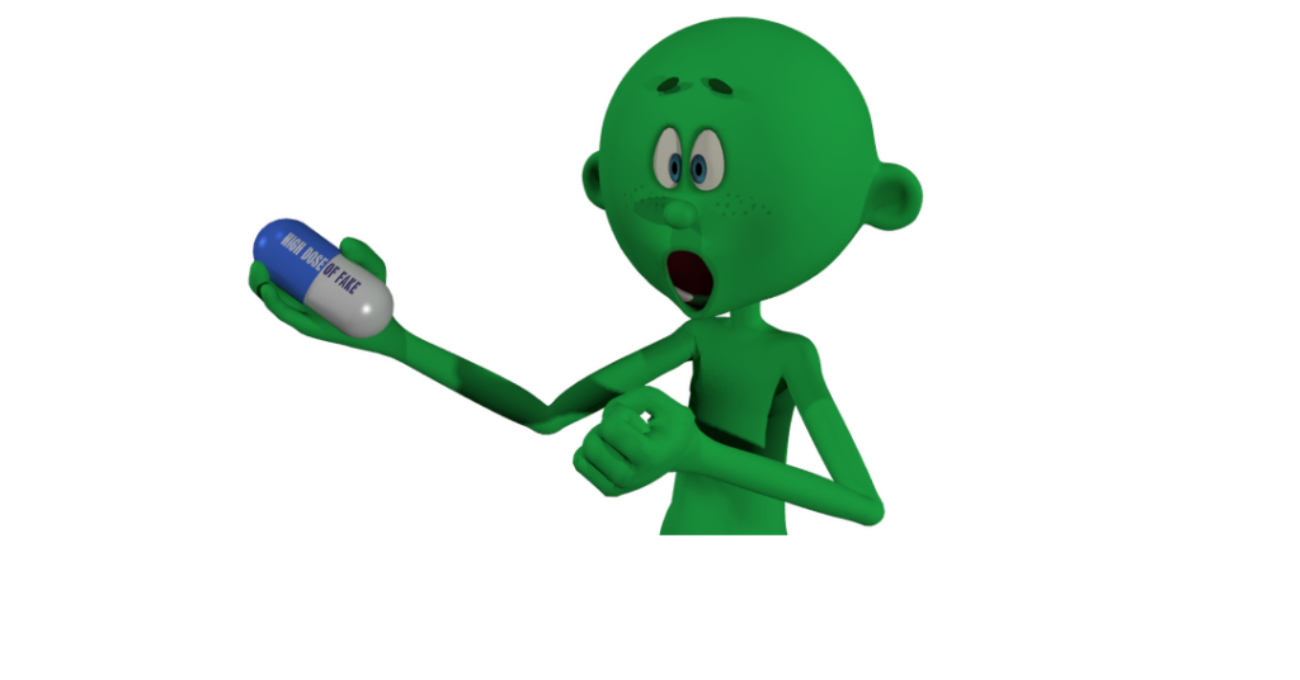The blue cream will stop that muscle soreness…
Estimated Reading Time: 4 min, 10 sec
Over my career I’ve thoughtlessly disparaged hundreds of gadgets, exercises, training techniques, supplements and suggested superfoods – discounting all as simply placebos. I’ve done this when the science and logic seemed shonky, but without really knowing much about, or appreciating the complexity of placebos. I can spell the word and I know that placebos are the treatment that you think you are getting when you aren’t really getting a treatment. A Claytons treatment (for those in the know) but beyond that I’d just made assumptions.
A few years back, I’d read in David Howe’s (2004) book that placebo treatments of minor sports injuries had around a 30% success rate. I thought – hmmm, that’s interesting, and if that number was even close to legitimate then placebos were probably one of the better treatment options available! Of course, deep down I doubted Howe’s figure. Recently a couple of articles on placebo have crossed my desk and captured my interest enough for me to follow that research trail a little deeper – just to see what pearls might be on offer for the sport and exercise world. I learned a bit – quite a bit, in fact! So I thought I’d share some of that learning here, tell you about a couple of studies and go a bit further down the placebo rabbit hole in a follow-up blog.
Basics first – a placebo, meaning ‘I shall please’, is an inert (inactive) intervention such as a sham medicine, nutrient or device, that triggers a neurobiological response resulting in an improvement (of something). A nocebo – ‘’I shall harm‘’ – not the other hand, encourages negative outcome perceptions of an inert intervention, resulting in deterioration of something (Enck et al., 2008; Davis et al., 2020). Given that part of the nocebo effect is also the potential harm that comes when we despair that we are missing out on something potentially useful (FOMO anyone?) – nocebo influences likely drive many of us to experiment with placebos. Do me a favour and pause just for a moment to consider how many messages come at you telling you that ‘this’ is good for you and the solution to all that ails you, while ‘that’ is terrible for you and will only contribute to ill health/injury or poor performance. Seems to me that those influences are inescapable in our over-saturated informational society. If you don’t have your 10th man radar on, you may be susceptible to placebo/nocebo effects.
On to the interesting papers – Schafer et al. (2015) looked at placebo analgesia but with a bit of a unique twist. They used a painful thermal stimulus with a topical analgesic cream used to help block/relieve pain. The cream was an inert control cream or a placebo analgesic cream (in this case just the control cream with blue food colouring). Participants were told that the placebo cream contained an active analgesic ingredient and instructed on its use, precautions and potential side effects. The placebo cream proved significantly better at relieving pain, but the wrinkle in this study was that part way through, the researchers owned up and told the participants that the blue cream was just a placebo with no active ingredients. Despite this information, most continued to report improved pain relief with the placebo cream, with only a marginal reduction in analgesia overall. That blows my mind – you’ve been told that something is bogus, but somehow you still find it’s helpful! Given that experts suggest that expectations are a key element of placebo efficacy, this study design seems to challenge that notion.

The second paper was even more fascinating (for me!) – Crum and Langer (2007) intervened with a cohort of 84 female hotel housekeepers. Hotel housekeeping is a reasonably active occupation and housekeepers will typically meet the accepted physical activity guidelines for health – the thing is that the housekeepers rarely think of their work as being exercise. After taking baseline measures, half the participants (n=44) were told that they were easily meeting the physical activity guidelines through their work, and in fact likely exceeded them. They provide participants with a little more detail on the estimated energy costs of different housekeeping activities . The other 40 participants, the control group, did not get this information. Four weeks later all measures were repeated with the informed participants significantly improving on all measures – weight, BMI, body fat percentage and blood pressure. The control group (I forgot to mention that based on baseline measures most participants had elevated health risks) had not changed at all. The researchers had tracked activity levels, diet and health behaviours, and none of those had changed over the study period. However, the informed group perceived that they were more active; more active inside and outside of work. Stunning (I thought!). So while this study was not really a placebo trial, it explored the influence of mindset on physical and physiological outcomes – what they found was that perceptions of personal activity levels influenced health markers but the actual physical activity levels didn’t. Bizarre! The control group, who were ‘on paper’ just as active as the informed group, remained at greater risk based on their physiological measures.
This opens up many thoughts and questions for health professionals and makes me wonder how much of what we do has a physiological basis and how much of it is beliefs and expectations. Most of us in the exercise professions are reared on a steady diet of biophysical rationales and reasoning for why exercise and the many manipulations of exercise work (or don’t work), yet staring right at us we have evidence of individuals following regimes that are supposed to work (and don’t) or that are not supposed to work (and do). I especially like the Crum and Langer (2007) study because it reinforces the need to give people credit for what they are already doing. How often do we start out telling clients what they need to be doing without understanding and accounting for what they may already do? Just because you are not wearing gym gear and are not raising a sweat doesn’t mean you are not being active. There’s more to this placebo story, but I’m going to leave it hanging there. To be continued…
References
- Crum, A.J., Langer, E.J. (2007). Mind-set matters: Exercise and the placebo effect. Psychological Science 18; 165–171.
- Davis, A.J., Hettinga, F., Beedie, C. (2020) You don’t need to administer a placebo to elicit a placebo effect: Social factors trigger neurobiological pathways to enhance sports performance, European Journal of Sport Science 20 (3); 302–312.
- Duncan, M.J., Lyons, M., Hankey, J. (2009) Placebo Effects of Caffeine on Short- term Resistance Exercise to Failure. International Journal of Sports Physiology and Performance 4; 244–253.
- Enck, P., Benedetti, F., Schedlowski, M. (2008) New Insights into the Placebo and Nocebo Responses Neuron 59; 195- 206
- Howe, P.D. (2004) Sport, professionalism and pain : ethnographies of injury and risk. Routledge, London
- Schafer, S.M., Colloca, L., Wager,T.D. (2015) Conditioned Placebo Analgesia Persists When Subjects Know They Are Receiving a Placebo. The Journal of Pain 16(5); 412–420.
